Tissue Repair
Tissue repair is the process by which the body replaces damaged or dead cells. This is a crucial biological process that allows the body to heal and restore normal function after injury or disease.
Types of Tissue Repair
There are two main types of tissue repair: regeneration and fibrosis.
- Regeneration: In regeneration, damaged tissues are replaced by the proliferation of nearby cells of the same type. This process is most common in tissues with high cell turnover, such as the skin, mucous membranes, and blood cells.
- Fibrosis: When the damage is extensive or when the tissue lacks the ability to regenerate, fibrosis occurs. Fibrosis is the formation of scar tissue, which is made up of collagen fibers. While scar tissue helps to fill the gap left by the damaged tissue, it does not have the same functionality as the original tissue.
Stages of Tissue Repair
The process of tissue repair can be divided into several stages:
- Inflammation: After tissue injury, inflammation occurs, leading to the release of inflammatory mediators and the migration of immune cells to the site of injury. This helps to remove debris and pathogens, and prepares the tissue for repair.
- Proliferation: During this stage, new blood vessels form (angiogenesis), and fibroblasts produce collagen to rebuild the damaged tissue. Epithelial cells also proliferate to cover the wound surface.
- Remodeling: In the final stage, the new tissue matures and reorganizes, and the excess collagen is broken down. This stage can last for months or even years, resulting in a scar in some cases.
Factors Affecting Tissue Repair
Several factors can affect the process of tissue repair, including:
- Age: The ability of tissues to repair decreases with age.
- Nutrition: Adequate nutrition is essential for tissue repair, as it provides the necessary building blocks for new tissue formation.
- Chronic diseases: Conditions such as diabetes or cardiovascular disease can impair tissue repair.
- Foreign bodies or infection: Presence of foreign bodies or infection can delay or impede tissue repair.
Study Guide
To understand tissue repair, it's important to study the following key concepts:
- Definition of tissue repair and its importance in the body.
- Differentiate between regeneration and fibrosis in tissue repair.
- Identify the stages of tissue repair: inflammation, proliferation, and remodeling.
- Explain the factors that can affect tissue repair, such as age, nutrition, chronic diseases, and the presence of foreign bodies or infection.
Understanding tissue repair is crucial for understanding how the body heals itself and how to support the healing process in case of injury or disease.
.◂Science Worksheets and Study Guides Fourth Grade. Rocks and minerals
Study Guide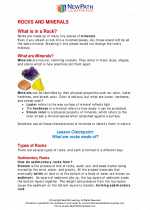 Rocks and minerals
Rocks and minerals  Activity Lesson
Activity Lesson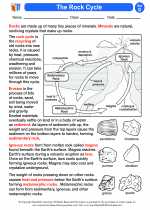 The Rock Cycle
The Rock Cycle  Worksheet/Answer key
Worksheet/Answer key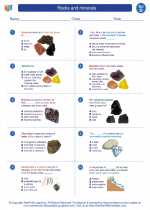 Rocks and minerals
Rocks and minerals  Worksheet/Answer key
Worksheet/Answer key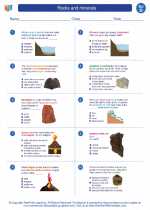 Rocks and minerals
Rocks and minerals  Worksheet/Answer key
Worksheet/Answer key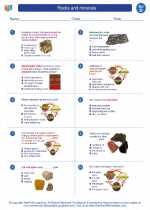 Rocks and minerals
Rocks and minerals  Worksheet/Answer key
Worksheet/Answer key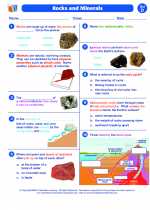 Rocks and Minerals
Rocks and Minerals  Vocabulary/Answer key
Vocabulary/Answer key Rocks and minerals
Rocks and minerals  Vocabulary/Answer key
Vocabulary/Answer key Rocks and minerals
Rocks and minerals  Vocabulary/Answer key
Vocabulary/Answer key Rocks and minerals
Rocks and minerals  Vocabulary/Answer key
Vocabulary/Answer key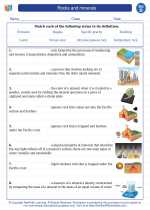 Rocks and minerals
Rocks and minerals 

 Activity Lesson
Activity Lesson
 Worksheet/Answer key
Worksheet/Answer key
 Worksheet/Answer key
Worksheet/Answer key
 Worksheet/Answer key
Worksheet/Answer key
 Worksheet/Answer key
Worksheet/Answer key
 Vocabulary/Answer key
Vocabulary/Answer key
 Vocabulary/Answer key
Vocabulary/Answer key
 Vocabulary/Answer key
Vocabulary/Answer key
 Vocabulary/Answer key
Vocabulary/Answer key

The resources above cover the following skills:
Concepts of Earth Science (SD1, SD2, SD3, SD4)
The student demonstrates an understanding of geochemical cycles by describing that most smaller rocks come from the breaking and weathering of larger rocks as part of the rock cycle.
The student demonstrates an understanding of geochemical cycles by recognizing the physical properties of water as they relate to the rock cycle.